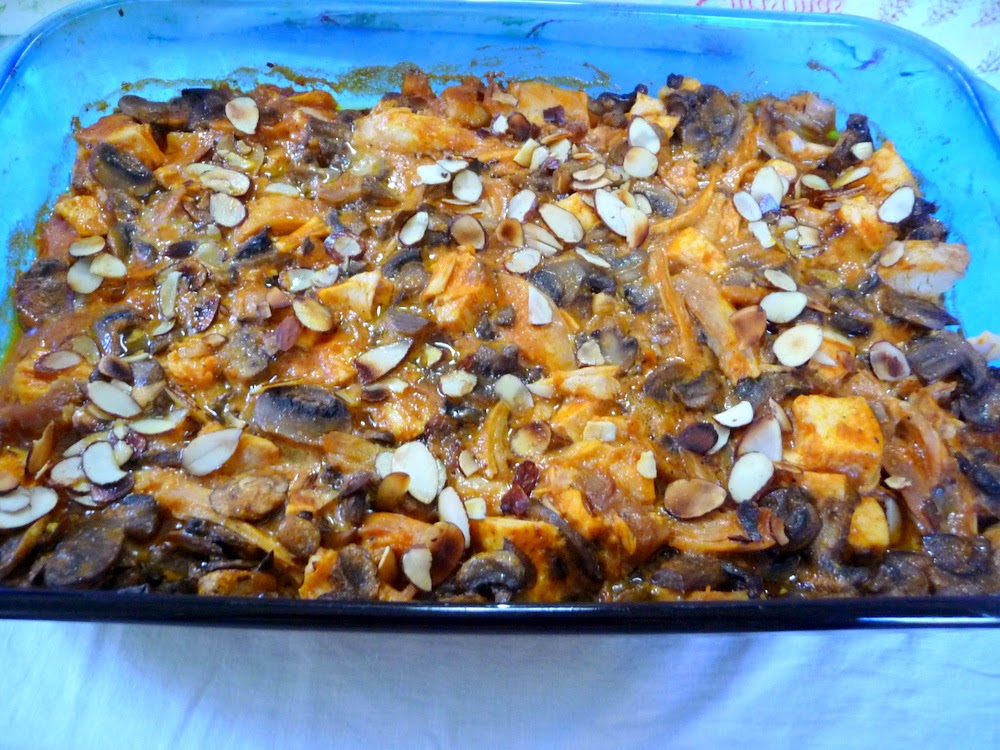Low-fat chocolate milk and recovery after exerciseA recent study in
Medicine & Science in Sports & Exercise reported that post-exercise consumption of low-fat chocolate milk provided equal or possibly superior muscle recovery compared to a high-carbohydrate recovery beverage with the same number of calories. We asked Dr Emma Stevenson to comment.
‘Several studies have reported that milk can be just as effective as sports drinks to aid recovery in athletes,’ she says. ‘This latest one has focused on having chocolate milk during recovery. However,
Cockburn and colleagues found consuming plain semi-skim milk following exercise that resulted in muscle damage was more effective than a carbohydrate containing sports drink at attenuating the decrease in muscle performance and increase in creatine kinase and myoglobin (these are blood markers of muscle damage).
![[CHOCOLATE MILK]](https://lh3.googleusercontent.com/blogger_img_proxy/AEn0k_srflMHAuZ1quom3vM4831GAHnamkS5IEyUFj4oxoK4MV_H6knvHT40nYJu0WJ4njbtiS7814NUwQK-Jl3ZBLB8qubRfcLLgloK9EPkSbxMxP9UsfJ6AS2TEuM9asVejEDCFjsBh9T4=s0-d)
Another recently
published study supports the earlier finding of Karp and colleagues that chocolate milk not only reduces muscle damage following exercise, but can also improved subsequent endurance capacity in well trained cyclists.
Milk has a low GI and so can be a healthier alternative to sports drinks. Further research is needed to see whether drinking milk before or after exercise is beneficial for active people (these previous studies have been carried out in well-trained athletes). It may also have beneficial effects on substrate metabolism and appetite.’
First 3 months criticalThere’s a growing body of evidence that the first 3 months of life is a really critical period. Dutch researchers who compared the growth of 217 infants during their first year of life with their health status as young adults found that increased weight gain relative to height during the first 3 months was associated with increased risk factors for type 2 diabetes and cardiovascular disease including reduced insulin sensitivity, lower HDL cholesterol, and higher total : HDL cholesterol ratio according to a new study in the
Journal of the American Medical Association.
Is it really heart healthy?Despite claims that many foods and diets are heart healthy, a new study by researchers from McMaster University published in
Archives of Internal Medicine clarifies what foods and dietary patterns are best for reducing the risk of heart disease.
![[HEART]](https://lh3.googleusercontent.com/blogger_img_proxy/AEn0k_syuC_NcqhOI8ijOayO0ZjGPnzusF31IA6Fg1JpYZ_tuCcQoTuLMj7rg0CGYxSuKMYmKsop4pVlJMFiqIiZ3j3edcVwn6T01Z9diyvRnRf7E9KQFkMMOMbD0qezQ0XPxQ=s0-d)
The researchers evaluated almost 200 studies on diet and heart disease over more than 50 years and found overall there are certain food groups or dietary patterns that are beneficial including vegetables, nuts, monounsaturated fatty acids, and overall ‘healthy’ dietary patterns such as the Mediterranean diet which incorporates generous amounts of fruits and vegetables, healthy fats, such as olive and canola oil, small portions of nuts, red wine in moderation, very little red meat and fish on a regular basis. They also conclude that there’s strong evidence that high GI foods and trans fatty acids are harmful.
Lead author Andrew Mente, PhD, says: ‘The findings highlight the importance of improving overall diet quality to maintain good cardiovascular health. People need to be cautious and not become too preoccupied with a few individual nutrients or food items, while ignoring diet in its totality. In fact, the evidence gathered on most individual dietary components is too modest to be conclusive, and in many instances, clinical trials evaluating coronary outcomes are absent. On the other hand, the evidence clearly shows that adherence to a quality dietary pattern such as the Mediterranean diet is highly protective against coronary heart disease and total mortality.’
‘Eating fish twice a week can help prevent eye disease’ – behind the headlines![[FISH]](https://lh3.googleusercontent.com/blogger_img_proxy/AEn0k_voh4Hspl7o5E6JQq4yN6FWG41-3qfgWlh6oBPgKXnJ6hiUpmg4GZ8V2uOVBRv1G28Qg0Qe-Ek8OQbCPWKDIveOjjtIUpWYSxakO7Op3xBHLDZHzqxOm29_mx00rh8=s0-d)
Visit the UK’s NHS Choices website and you will find a page called
Behind the Headlines. It takes the biggest health news stories each day, finds the real scientific evidence behind them, and gives you a clear and simple summary of The Facts under the following headings:
- Where did the story come from?
- What kind of scientific study was this?
- What were the results of the study?
- What does the NHS Knowledge Service make of this study?
![[FISH]](https://lh3.googleusercontent.com/blogger_img_proxy/AEn0k_ueCQcRvekJ83T64wxOkKyTNw98YjaizSLaYPMB2IqwDinkKHNShcF-fgY2Y3sSU5T3vzrwECAqGBb_ZKc9yX_UROzJPVkPgrnBfGvkNiNpTNvL6R-JwaqeKkwvymhr=s0-d)
Here’s what NHS Choices says about the latest oily fish plus low GI foods study from Tufts University researchers. ‘The complex results from this study suggest that a diet rich in the DHA form of omega-3, may reduce the progression of early stage AMD in people not taking certain dietary supplements. Also, a low GI diet rich in omega-3 may reduce the risk of progression to advanced AMD. It should be noted that the results of this research may have been affected by factors other than the dietary factors addressed and require careful interpretation. In general, eating a healthy, balanced diet, including omega-3 fatty acids and low GI foods, may have various health benefits.
In conclusion they state: ‘The study did not report the number of people or eyes with AMD progression in each group. This makes it difficult to determine the importance of the reported changes in risk. Also, the authors did not report exactly how many people fell into each of the groups compared. If very few people fell into some of the groups, this would reduce the reliability of results.’
Read the whole story at the
NHS website.
Making traditional recipes healthier ![[AZMINA]](https://lh3.googleusercontent.com/blogger_img_proxy/AEn0k_vLtePIprYpuOZkHGJLFKnxSGlEVTevR6qj74uq6rJ7Kd0ck-K7BN-T6vhvtq6-daw7amG2Pv1XpZLP-kPPtO5EUy_qpbGMkAJ3bYmHpHY4Ar4q3q4Q1ztM6Dj7wAkYFF8=s0-d) Azmina Govindji
Azmina GovindjiCheck out this delicious
new resource: The Aga Khan Health Board for the UK and theismaili.org – the official website of the global Ismaili Muslim community – have launched this online nutrition centre. It features a library of traditional African, South and Central Asian and Middle eastern recipes with nutrition info and healthy eating tips. ‘This is a site about traditional recipes and how to make them healthier,’ says registered dietitian & TV nutritionist Azmina Govindji. ‘As the site develops, we will offer more recipes from more diverse backgrounds, as we hope that this will become a useful tool for many more communities.’
![[TIKKA]](https://lh3.googleusercontent.com/blogger_img_proxy/AEn0k_v1ISOxWGgBYXk4JwpENQPG7NYyhhW0kCd9T2weQV--nT560fmYoA78iqrl62hAskYtaD2Ha_9jBgSSZQR2d5xLB8ffJ4_rSXMWjh1-XRbgaw_RwPkSr0gvd4aZp3pl=s0-d) Chicken Tikka Masala
Chicken Tikka Masala










